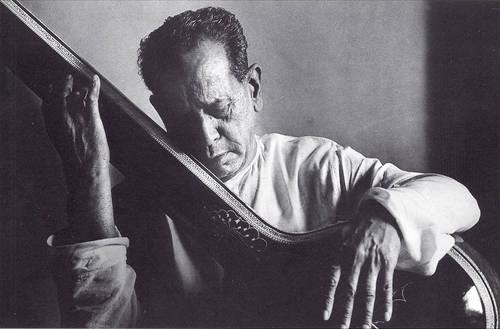Last year I had read a book titled Dancing in the Family – an intergenerational memoir by Sukanya Rahman, about her mother and grandmother and the presence of dance in their lives. While seemingly a hibook about dance, the story was actually about three generations of women and the things that bound them together and those which drew them apart, showcasing three strong individuals in a story as one.
When I first heard about Tribhanga – written and directed by Renuka Shahane – what struck me was its title, sourced from an Odissi dance posture of the same name. Being a trained Odissi dancer myself, I was piqued about this movie that wasn’t about dance but resonated through its name. The tagline stated it was a story of three generations of women, and I was immediately reminded of Dancing in the Family – dance a character in itself, but a story with so much more to offer.

Tribhanga is a family drama about the choices we make and how they influence not just individuals but families at large. The movie begins with Nayantara Apte (Tanvi Azmi) in conversation with a writer who is recording her in order to pen her thoughts and words into an autobiography when she collapses from a brain stroke and falls comatose. Nayan has been a much-celebrated novelist in her own right, having won several literary accolades over the years, but with no familial ties. This brings us to Anuradha Apte (Kajol), Nayan’s estranged daughter who refers to her mother by name because that’s just what she is to her, not a mum at all. The trio is completed by Masha Mehta (Mithila Palkar), Anu’s daughter who’s currently at her mother’s place due to her ongoing pregnancy. The entire movie is narrated through Nayan’s coma, in the form of past recordings from the writer Milan, and surfacing memories from Nayan’s daughter and granddaughter.

As described by Anu, the three women can be represented by Odissi postures – Abhanga (Nayan, for her dual personality of being revered by some and abhorred by others), Tribhanga (Anu, for her self-proclaimed craziness and overwhelming personality), and Samabhanga (Masha, for her calm and composed disposition) – a wonderful metaphor of the many interpretations of classical dance, from stoicism and rigidity to playfulness and fluidity, dance movements conveying the emotions and feelings of a dancer in myriad ways that go beyond steps and set choreographies. Tribhanaga in Odissi refers to three bends of the body, and the movie Tribhanga represents these bends as characteristics and traits that run through a family – every individual bringing their own constitution to create the larger canvas of “family”, just as parts of the bodywork and move differently but still sync together in their individuality to construct the larger piece called “dance”. Jigsaw puzzle pieces being solid forms on their own, but forming a larger, clearer picture when the brokenness comes together.

All the classical dances of India are known for their depiction of the nine rasa (sentiments and emotions), and Tribhanga runs through the gamut of shringar (love), veera (valor), karuna (sadness), hasya (humor), raudra (anger), bhayanak (fear), bibhatsa (disgust), adbhuta (surprise), and shanta (peace). From Anu and Robindo’s unshakeable bond as siblings banding together in a broken family, Anu standing up to an abusive husband to keeping her daughter safe, the revelation about why Nayan is not writing her own autobiography and resorting to another writer to do so for her, Anu’s constant jibes at the writer Milan for revering the mother who doesn’t deserve to be called so, Robindo “mistakenly” referring to Nayan as “aai” (mother) which draws the ire of his sister, Masha’s childhood fears of isolation and rejection on being raised by a single mother carried into adulthood and her need to belong, Nayan finding out that her husband was abusing her daughter, Anu’s reaction on discovering her daughter underwent a gender determination test hoping for a boy in spite of being brought up by a single mother, and all three women coming to terms with past grudges they have carried to the present, silence festering relationships that could have been salvaged a long time ago.
Director-writer Renuka Shahane literally takes us through dance jargon without making it obvious, and like a dance recital flowing from mangalacharan to pallavi, abhinaya and moksha, the mudras and chalis being phenomenal performances by all the leading actresses in an all-round wonderfully created and presented movie.
Of particular interest in Tribhanga was Kajol’s potrayal of an Odissi dancer, and Renuka’s handling of the character. The connection between the title of the movie and its lead actress’s character was an innovative touch, considering Odissi as a dance form in mainstream films has not been explored much. At the same time, understanding that Kajol is an actress and not a trained dancer herself, the Odissi bits have been relegated to photographs of shows and pre-recital scenes of Anu in costume. I loved Renuka’s respect for the traditional arts by bringing one into the limelight, without creating a caricaturish performance by showing the actress actually dancing a style she has not devoted her life to learning. Huge respect to the director for her deference to classical dancers who spend years studying a dance that’s part of their lifestyle.

Tribhanga released on Netflix earlier this year and is a treat to watch for both dancers and non-dancers alike. All images are courtesy of Netflix.








